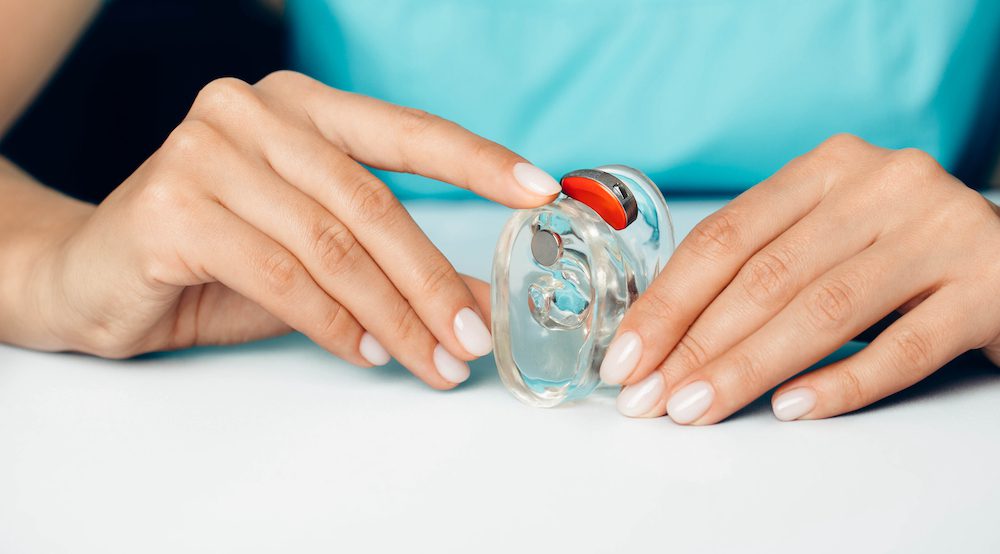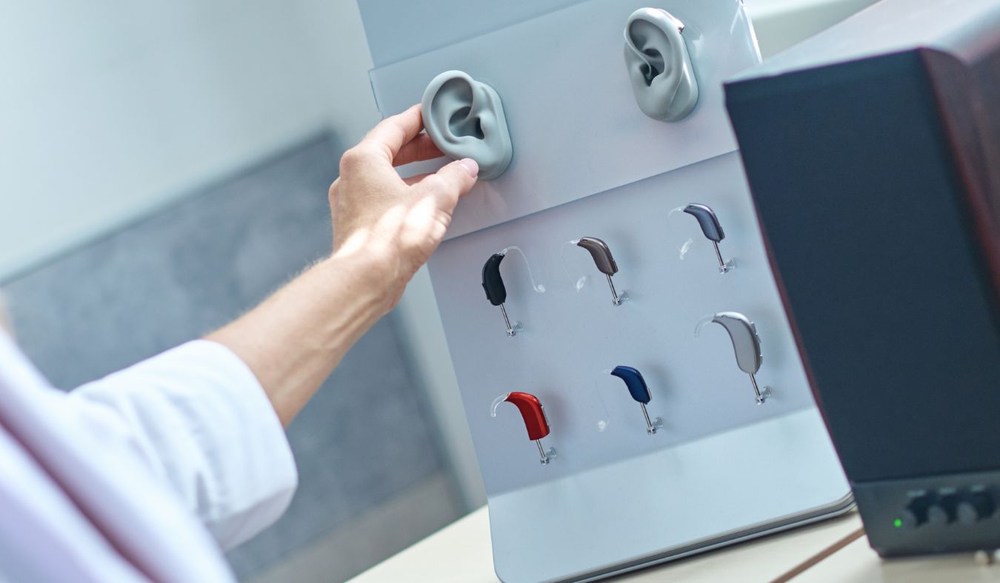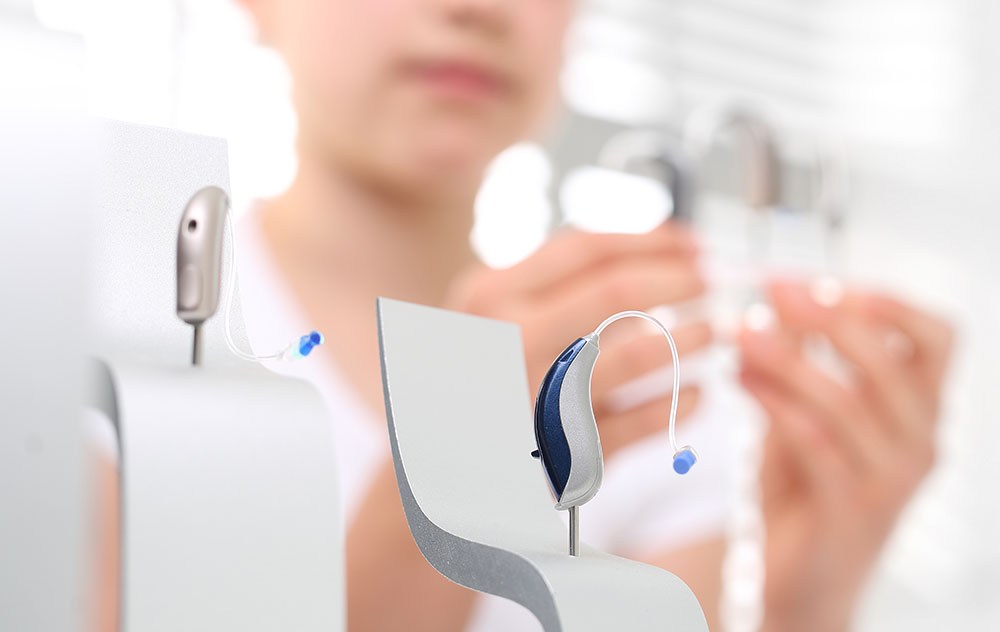Hearing Aid Innovations: What’s New in 2025?
Hearing aid technology has advanced significantly in recent years, and


Hearing aid technology has advanced significantly in recent years, and

If you rely on hearing aids for clear communication at home and work,

As we become more aware of our environmental impact, many of us are